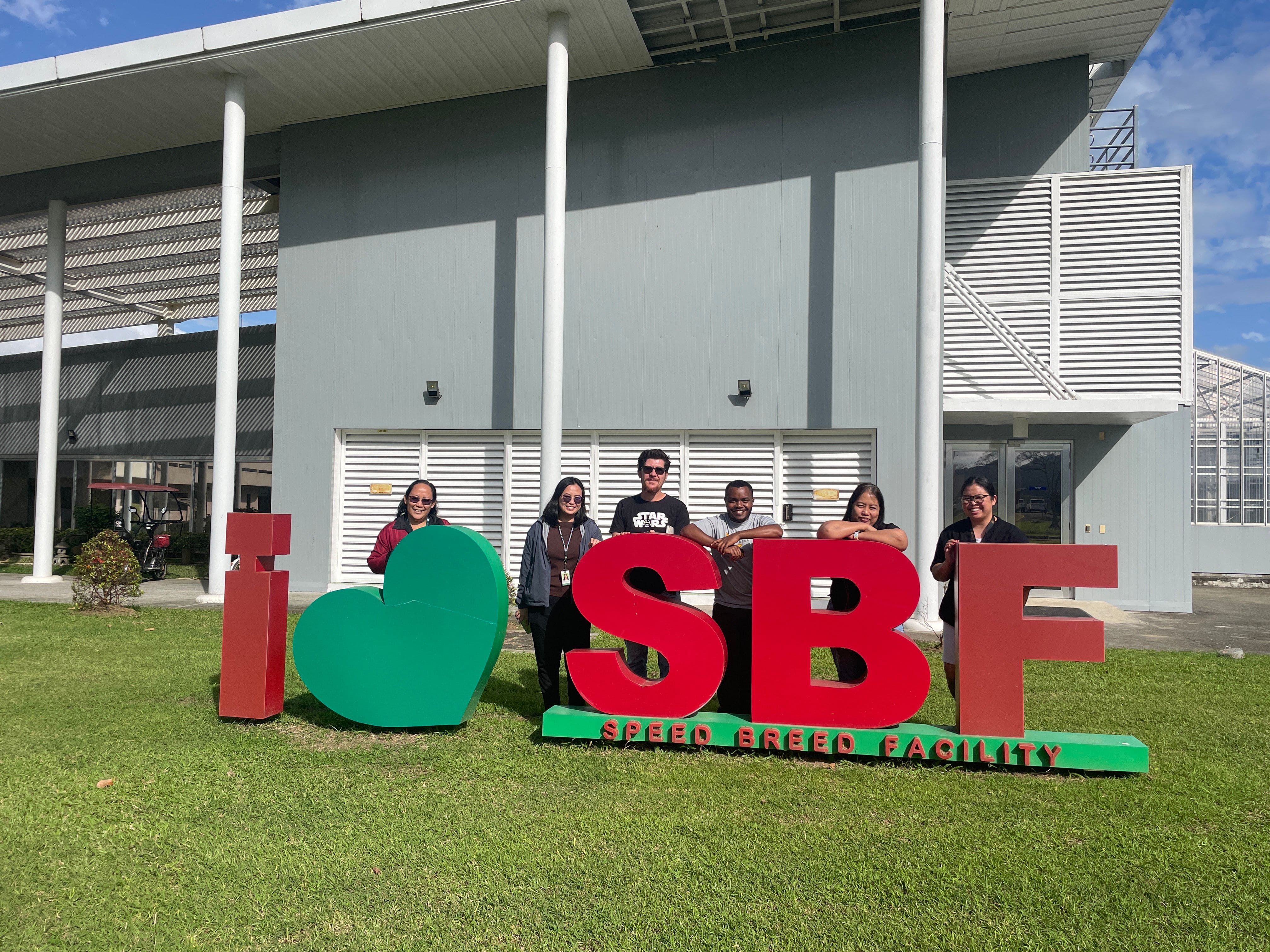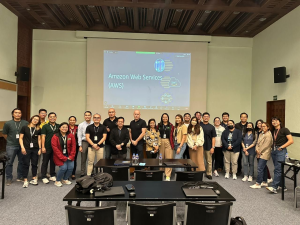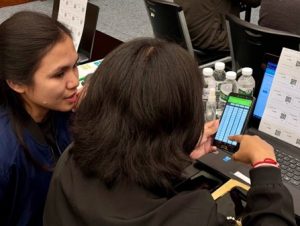Crop breeding is increasingly data driven, resulting in better decisions and greater impact in farmers’ fields. But this data has to be well managed to be effectively utilized, requiring a data management system that supports breeding workflows and does not add to breeders’ already busy workloads.
How can breeders manage and use the vast amounts of data they are collecting and generating, while still focusing on core breeding? The recently launched Enterprise Breeding System (EBS) will connect, merge and build upon existing breeding software and data solutions to offer a single powerful data management tool to manage and support breeding workflows.
Developed by the CGIAR Excellence in Breeding (EiB) Platform and partners, with funding primarily through the Bill and Melinda Gates Foundation, EBS is being purpose-built to support and monitor breeding across the One CGIAR network of research institutes. A transformation of these breeding networks is underway, and harnessing data is vital to the new results-oriented agenda. EBS is being built to support effective execution of the complex processes needed to fully optimize a breeding program.
Developed as a “software as a service,” EBS will support a diverse array of breeding programs but be deployed at a centralized location, making it easier and less expensive to manage over time. The system will support core breeding activities such as germplasm inventory management, trial design, field operations, phenotyping, sample tracking, genotyping, data analysis and decision support.

“As a breeder I definitely want EBS to be a one-stop-shop to carry out all my breeding activities, all the way from seed preparation to data analysis and making breeding decisions,” says Bhoja Raj Basnet, wheat breeder with the International Maize and Wheat Improvement Center (CIMMYT). “I strongly believe that EBS will help to make our breeding effort more productive, more efficient and easier than before.”
With an effective breeding management system, genotypic data can be integrated into complex statistical analyses, greatly increasing decision accuracy at a lower cost than more traditional methods. These capabilities bring the power of more efficient multi-environment trial (MET) designs and genomic prediction to breeding networks serving smallholder farmers throughout low- and middle-income countries.
But it’s the EBS’ gift of time that might benefit breeders most. In reaching for their goals, breeders often run up against biological deadlines – very narrow windows between the harvest of one season, and planting of the next season.
“Without systems like EBS it is not possible to perform the types of advanced analytics and coordinate advancement, shipping, experimental design, planting etc.,” says EiB consultant Kelly Robbins. “Oftentimes breeders turn into ‘data wranglers’ detracting from time needed for decision making. EBS is changing this dynamic.”
Further enhancing this decision-making potential, EiB has launched a new version of the EBS that provides users with more efficient experiment creation processes, new functionalities to manage experiment protocols, and an updated array of supported options for harvesting experiments and creating new inventory items. Future versions will include integrated data analytics and genotyping data management, along with other functions and improvements based on user feedback.
Users in the CIMMYT maize and wheat programs, the International Institute of Tropical Agriculture (IITA) maize breeding program, and the International Rice Research Institute (IRRI) are helping to provide feedback on the latest version of the system in evaluation environments while working on EBS implementation. Other CGIAR partners will start establishing adoption timelines over the next year.
So, with these big steps forward in data management, CGIAR breeders are set to maximize their time, elevate their decisions, and accelerate the increases in genetic gain in farmers’ fields.
Originally posted by the CGIAR Excellence in Breeding Platform (EiB). This blog reflects the information and views of the authors and quoted sources only. EiB and partners are supported by CGIAR Trust Fund Contributors and the Crops to End Hunger initiative, via the Bill and Melinda Gates Foundation, GIZ, BMZ, USAID, UK Aid, ACIAR and other partners.





